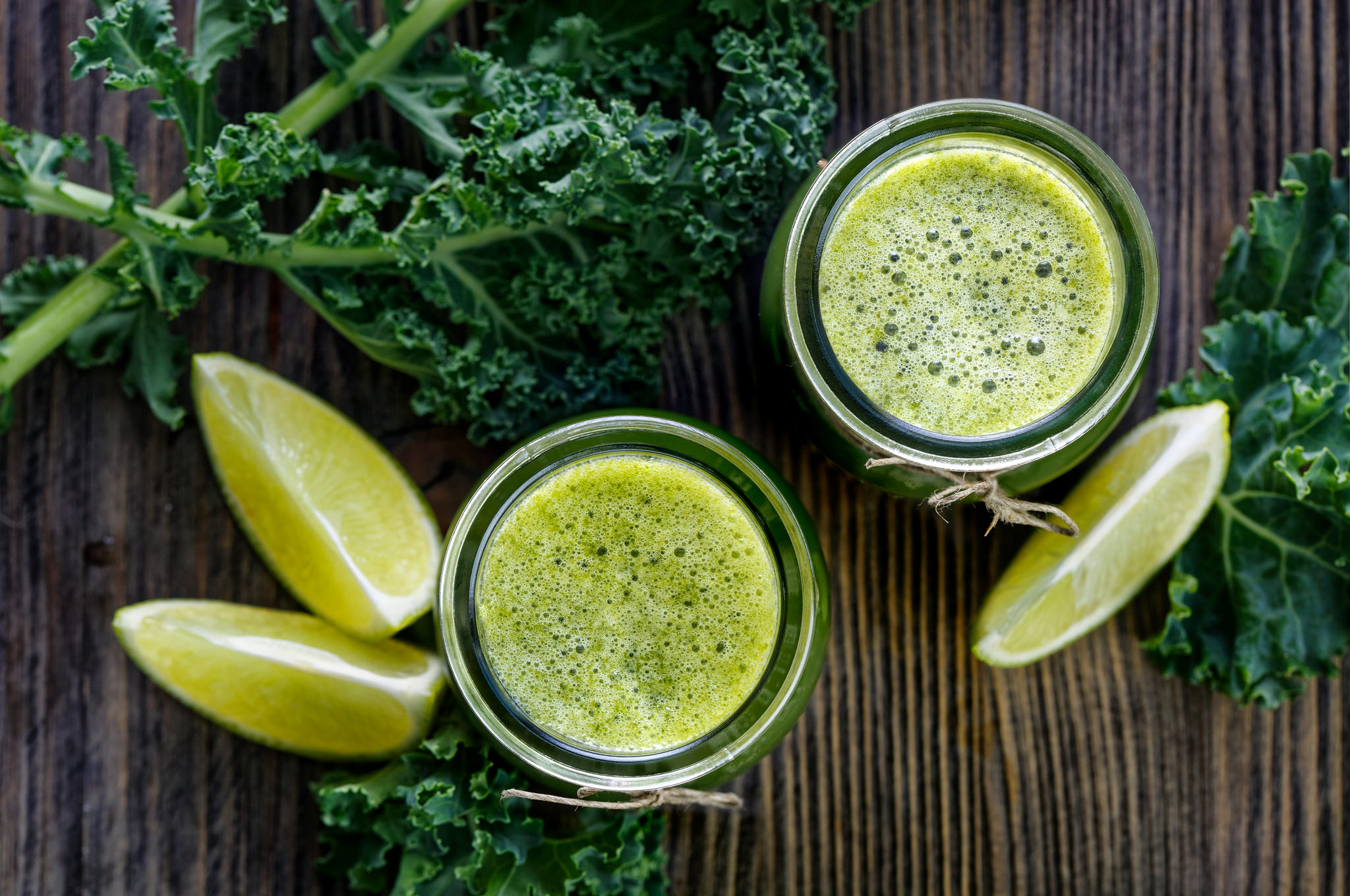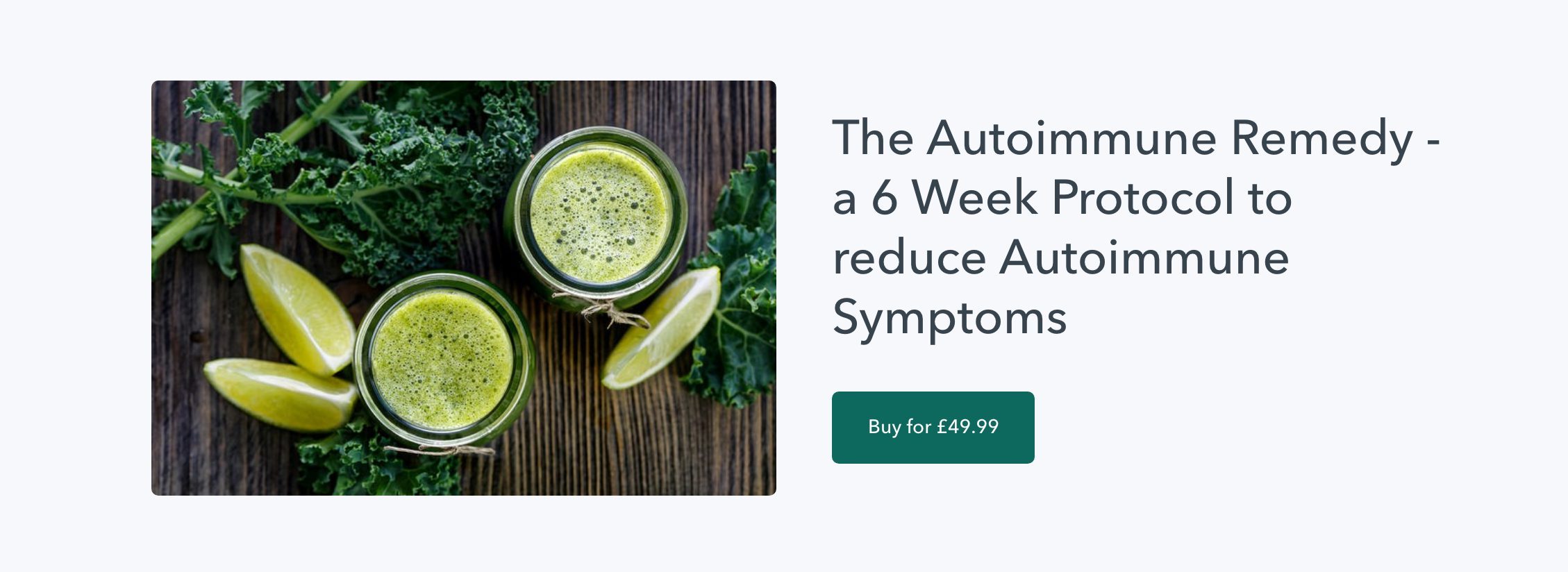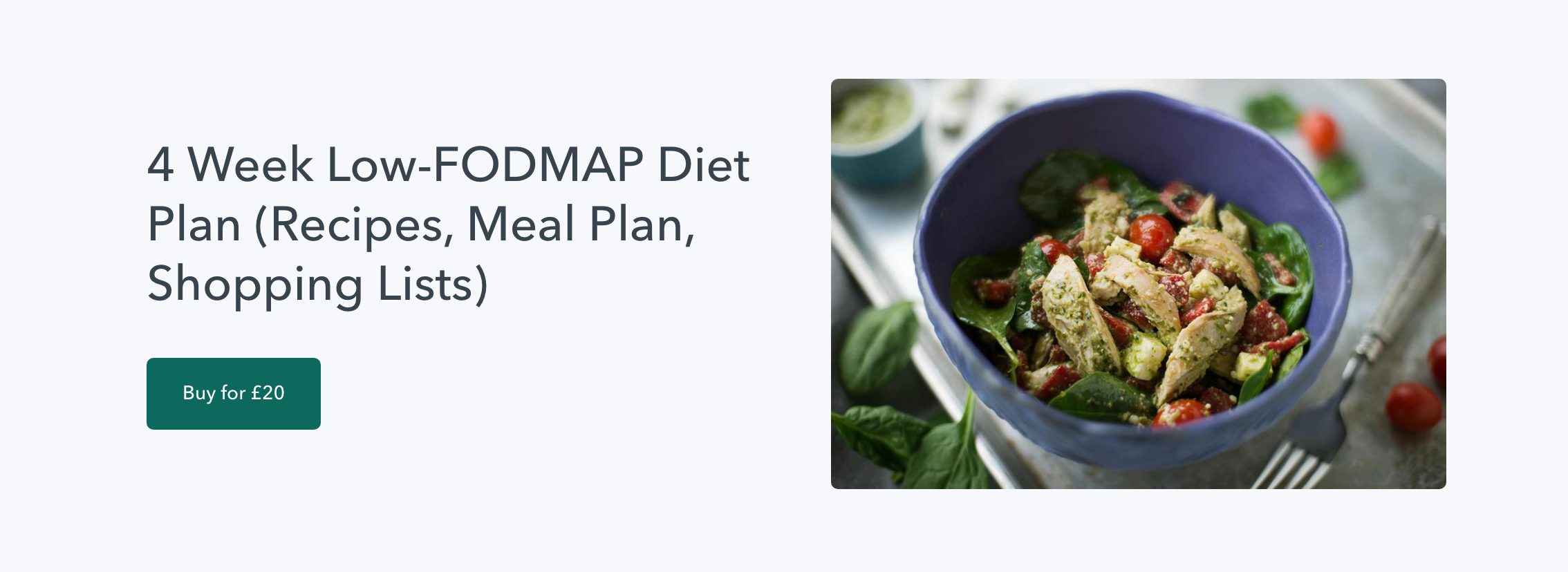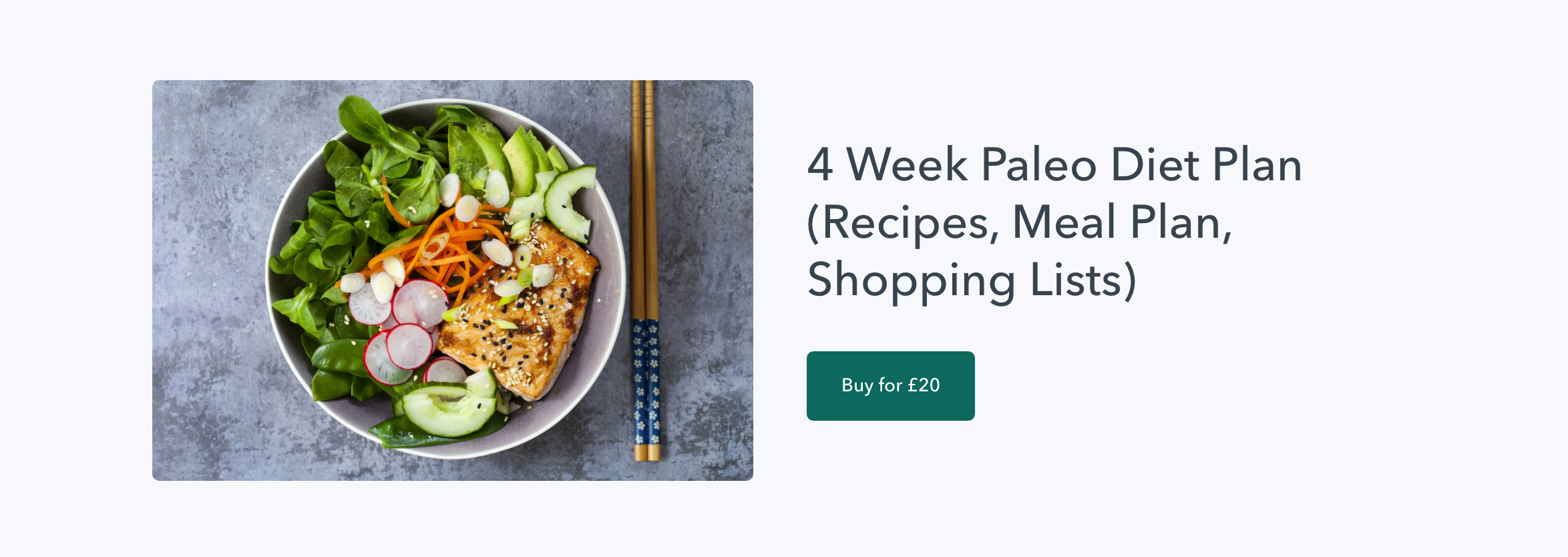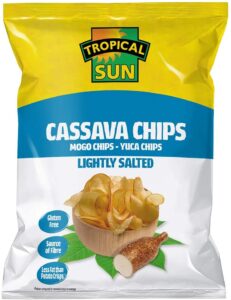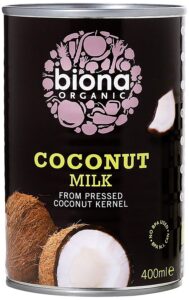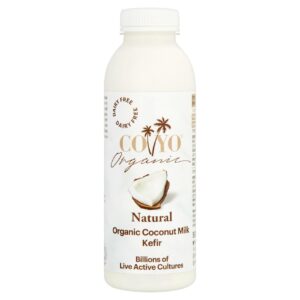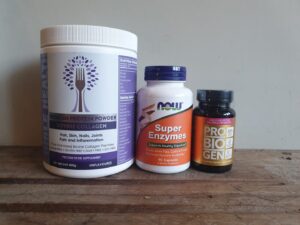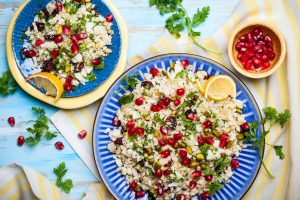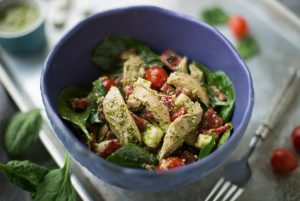What is the Autoimmune Protocol?
I have written an in-depth post here about the Autoimmune Protocol which some of you may have already read.
On this page I will explain it in a concise way, but please do read the blog post for more detail.
The Autoimmune Protocol or AIP is a healing diet designed to reduce the inflammation associated with autoimmune disease, and in doing so reduce symptoms.
The AIP removes inflammatory foods:
- Grains and gluten
- Dairy
- Refined sugar
- Nightshade vegetables
- Nuts and seeds
- Alcohol
- Caffeine
The AIP also includes and places emphasis on healing foods:
- Bone broth
- Organ meats
- A wide variety of vegetables
You follow the AIP for a minimum of 30 days, or until you see resolution of your symptoms. You then slowly reintroduce foods, always with the aim to reach the broadest possible diet you can eat while still feeling well.
Medical Symptoms Questionnaire
The Medical Symptoms Questionaire (MSQ) is an assessment tool to help you score any symptoms in your body and come up with an overall score.
Based on your score and what systems of your body have the most points, you can quickly find out where your health stands and what systems you need to work on to restore and optimize your health.
Here’s how this assessment works:
- Click the link below and start scoring your different symptoms based on the 4 point scale described.
2. Tally your overall score.
3. People in optimal health typically score less than 25 for a total score.
You will repeat the MSQ at the end of each week to get an objective idea of improvements you are making. The improvements you notice will motivate you to keep going with this programme!
DOWNLOAD
Scientific Research
Scientific Research using the Autoimmune Protocol
There are a few important studies that have been published that are beginning to provide a body of evidence in support of the Autoimmune Protocol.
Download any or all of these studies to take to discuss with your doctor or other healthcare provider.
Dr Terry Wahls – Multiple Sclerosis
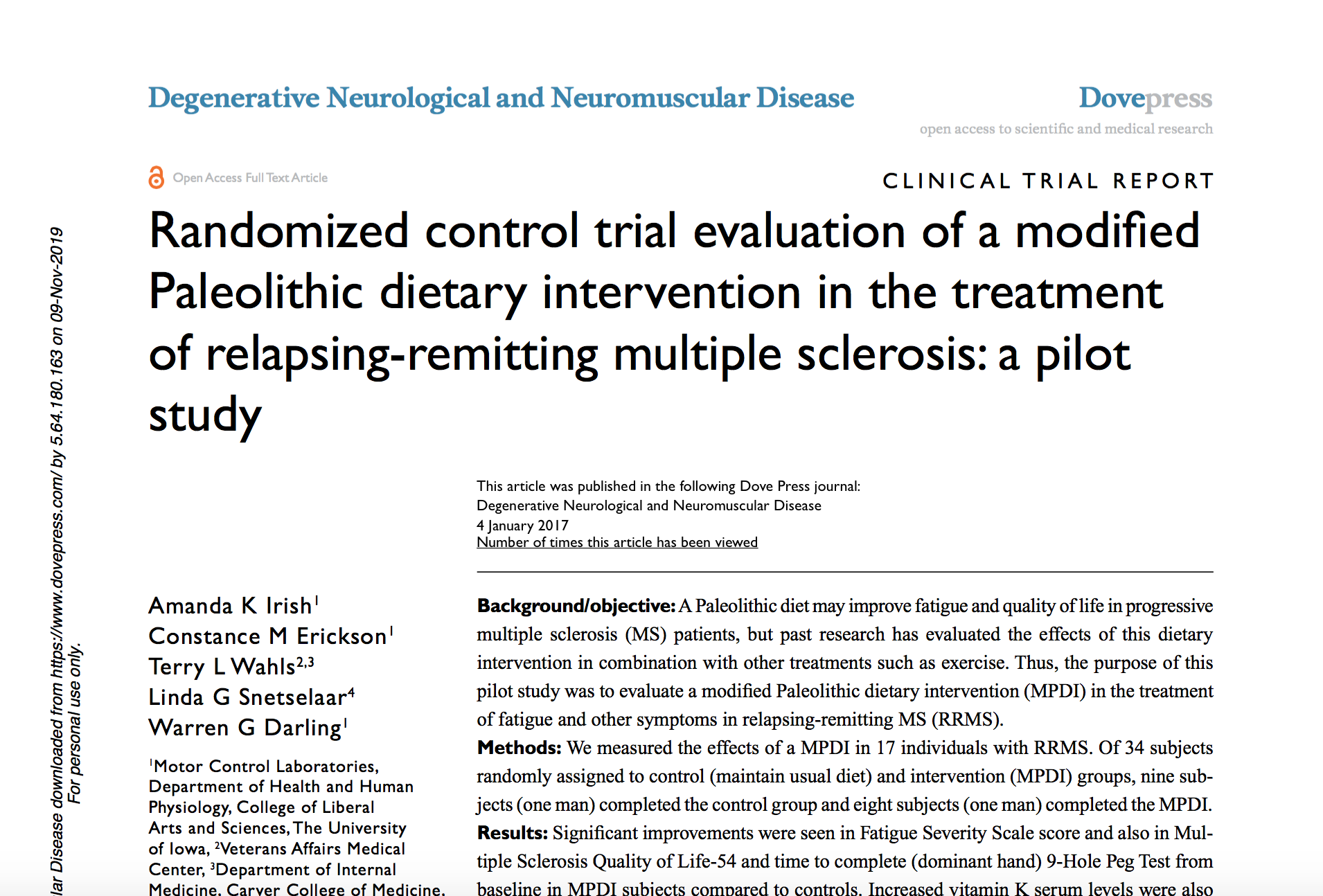
Background/objective: A Paleolithic diet may improve fatigue and quality of life in progressive multiple sclerosis (MS) patients, but past research has evaluated the effects of this dietary intervention in combination with other treatments such as exercise. Thus, the purpose of this pilot study was to evaluate a modified Paleolithic dietary intervention (MPDI) in the treatment of fatigue and other symptoms in relapsing-remitting MS (RRMS).
Results: Significant improvements were seen in Fatigue Severity Scale score and also in Multiple Sclerosis Quality of Life-54 and time to complete 9-Hole Peg Test from baseline in MPDI subjects compared to controls. Increased vitamin K serum levels were also observed in MPDI subjects post protocol compared to controls.
Conclusion: A Paleolithic diet may be useful in the treatment and management of MS, by reducing perceived fatigue, increasing mental and physical quality of life, increasing exercise capacity, and improving hand and leg function. By increasing vitamin K serum levels, the MPDI may also reduce inflammation.
DOWNLOAD:
Autoimmune Protocol and IBD Study

Introduction: Data suggest dietary modification can improve clinical responses in inflammatory bowel disease (IBD). The goal of this study was to determine the efficacy of an autoimmune protocol diet in patients with Crohn’s disease and ulcerative colitis.
Methods: We enrolled adults with active IBD. For the autoimmune protocol, patients underwent 6-week elimination followed by 5-week maintenance phase.
Results: Dietary elimination can improve symptoms and endoscopic inflammation in patients with IBD. Randomized controlled trials are warranted.
DOWNLOAD:
Autoimmune Research Paper AIP-IBD
Autoimmune Protocol and Hashimoto’s Study
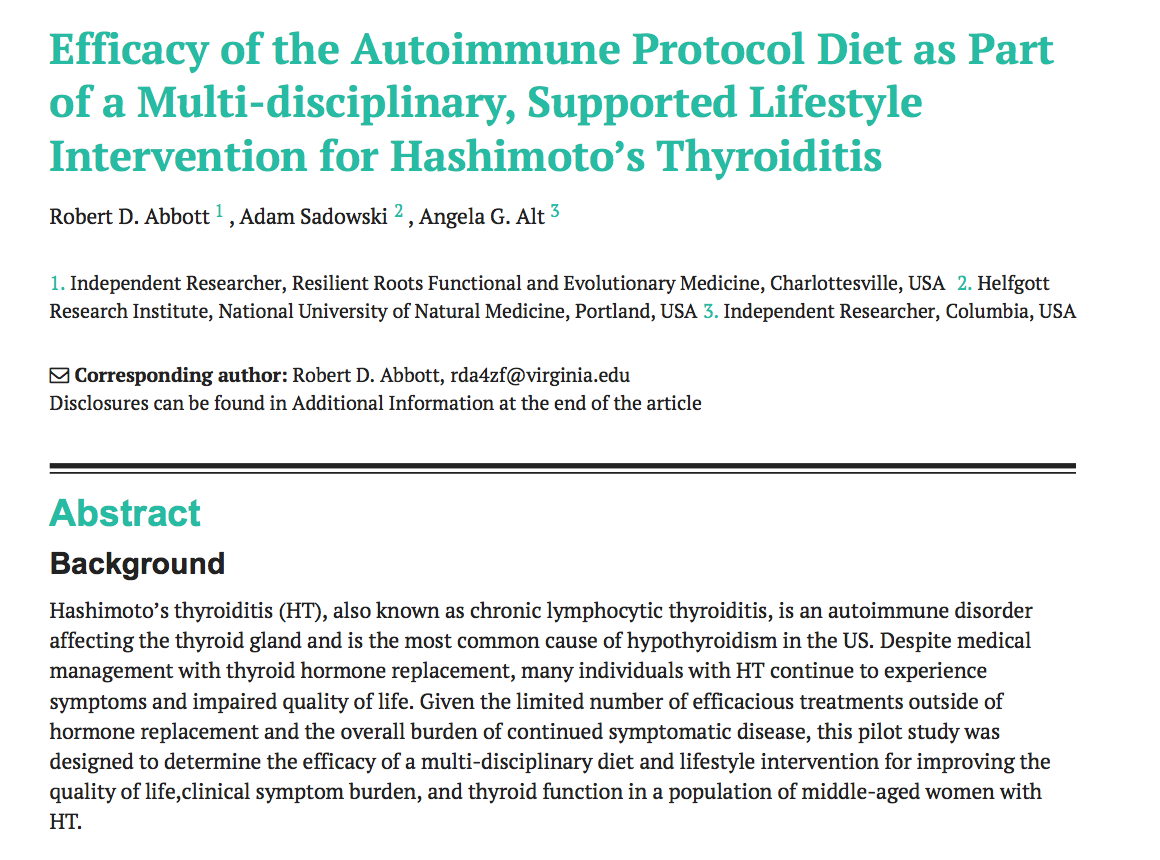
Hashimoto’s thyroiditis (HT) is an autoimmune disorder affecting the thyroid gland and is the most common cause of hypothyroidism in the US.
Despite medical management with thyroid hormone replacement, many individuals with HT continue to experience symptoms and impaired quality of life.
Given the limited number of efficacious treatments outside of hormone replacement and the overall burden of continued symptomatic disease, this pilot study was designed to determine the efficacy of a multi-disciplinary diet and lifestyle intervention for improving the quality of life, clinical symptom burden, and thyroid function in a population of middle-aged women with HT.
Results: Sixteen women completed the SF-36 and MSQ before and after the 10-week program. There was a statistically significant improvement in HRQL as measured by all eight subscales of the SF-36 with the most marked improvements noted in the physical role functioning, emotional role functioning, vitality, and general health subscales. The clinical symptom burden, as measured by the MSQ, decreased significantly from an average of 92 prior to the program to 29 after the program.
DOWNLOAD:
Autoimmune Research Paper AIP-HT
Yes No List of Foods
Yes Foods
Nutrient dense foods that will form the basis of your diet on the autoimmune protocol include:
- Grass fed meat – all types
- Fish – all types
- Seafood – all types
- Organ meats
- Vegetables (with some exceptions)
- Fruits
- Fresh herbs and some spices
- Tiger nuts (not actually a nut but a tuber)
- Coconut and coconut products
- Olives and olive oil
- Healthy fats
- Bone broth
- Fermented foods
- Gelatin
- Black tea, rooibos tea and herbal tea
125ml – 250ml of bone broth should be consumed daily, or 2 tablespoons of gelatin/collagen powder.
You should aim for two portions of organ meat per week and two portions of omega-3 rich fish (salmon, mackerel, anchovies, sardines, herring) per week. This will give you anti-inflammatory omega-3 fats, vitamin D and a good base level of micronutrients.
You should aim for 2-3 types of vegetables at every meal including plenty of dark green leafy vegetables such as kale, Cavolo Nero, Spring greens, Savoy cabbage, watercress and rocket.
Consume plenty of extra-virgin olive oil for healthy anti-inflammatory fats. You can also use coconut oil, MCT oil, beef dripping, duck fat and goose fat.
No Foods
- Grains & pseudo-grains
- Dairy (use coconut products instead)
- Vegetable oils (use extra virgin olive oil and avocado oil instead)
- Beans & pulses
- Refined sugar
- Eggs
- Alcohol
- Chocolate & cocoa powder (use carob powder instead)
- Nuts & seeds including chia and flax seed (use tiger nuts instead)
- Coffee (drink Coffig, black, green, herbal or rooibos tea instead)
- Nightshade vegetables – white potatoes, aubergine, tomatoes, peppers, goji berries, chillies, cayenne, paprika
- Black pepper
The 3 Healing Diets

In my experience working with clients I have found there are 3 helpful dietary approaches for people suffering from energy issues, hormonal problems, digestive symptoms and autoimmune disease.
- The standard paleo diet
- The autoimmune protocol (AIP) diet
- The low-FODMAP diet
Since you have most likely reached this page looking to tackle your autoimmune related symptoms, I suggest you start with the AIP diet.
The plan is to stick to this diet for 3 weeks and then assess how you feel. If you feel better you can continue with this approach. If you do not feel better and particularly if you are experiencing a lot of gut related symptoms you could move to the low-FODMAP diet.
After a further 3 weeks either continuing with the AIP or the low-FODMAP diet, you will decide when to begin reintroducing foods.
My aim is to move you eventually to the standard paleo diet, which is a sustainable, nutrient-dense and anti-inflammatory diet. You will then continue with this diet, and for flexibility and sustainability I suggest you aim for 80-90% adherence leaving you 10-20% room for enjoying non-compliant foods. I also suggest you do a strict 30 day paleo reset every 4 months.
This is what I do personally, with my 30 day paleo resets being usually in January, May and September. I find this the easiest way to perform and feel my best over the course of a year while still being able to enjoy a varied range of foods and have times when I am less strict like Easter, Christmas and holidays.
If you are not ready to begin reintroductions after the initial 6 week period, you can stay on the AIP or low-FODMAP diet up to 90 days. If you are still not feeling better after 90 days I urge you to address the factors besides diet which are hindering your progress.
The 5 Keys to Feeling Better
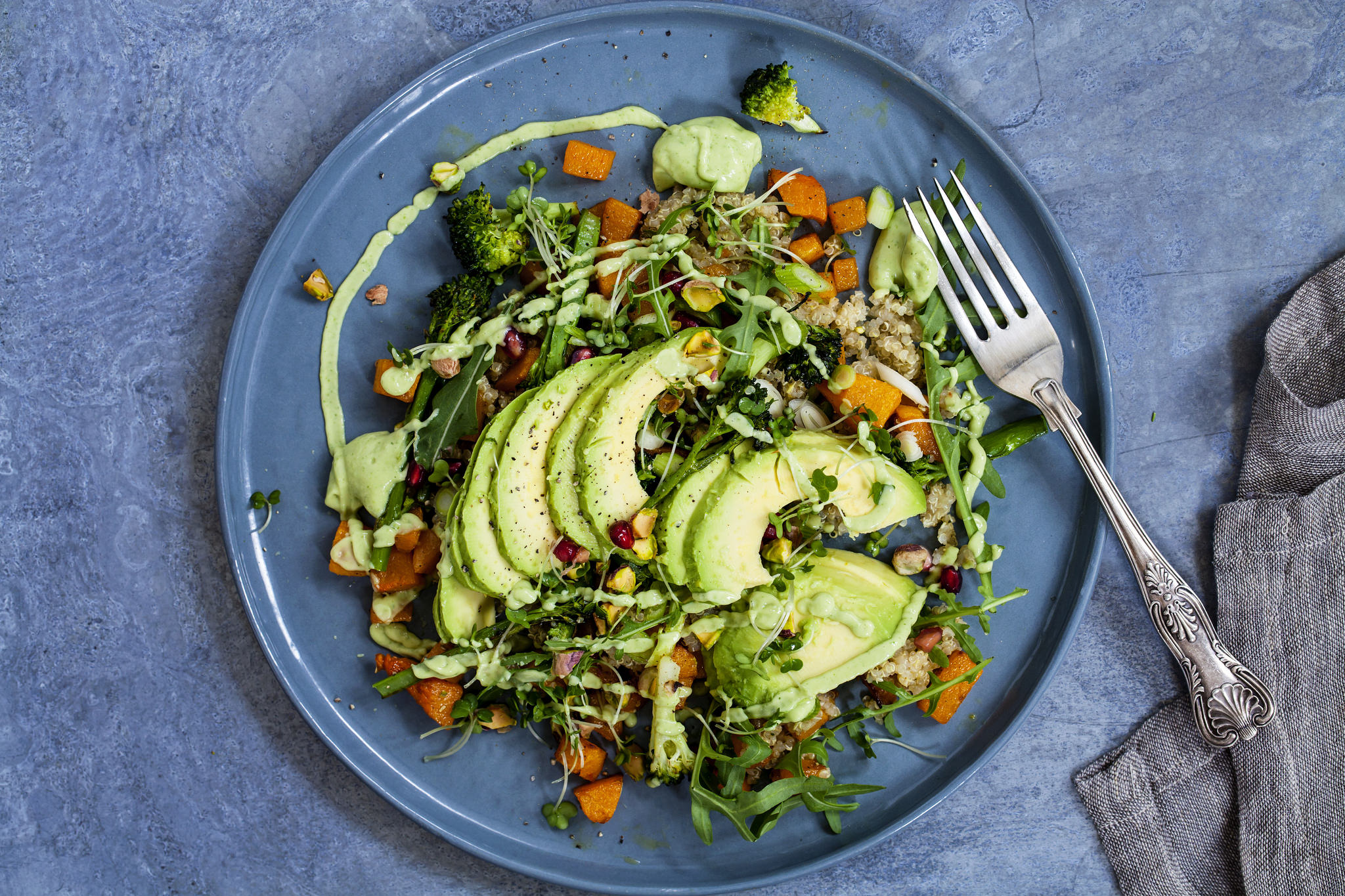
There are 5 things you must address in order to start feeling better.
- Balance your blood sugar
- Lower inflammation
- Address nutrient deficiencies
- Heal your gut
- Detoxify
Here are the steps you take to address each one.
1. Balance your Blood Sugar
CHECKLIST FOR BALANCING BLOOD SUGAR
- Eat 3 substantial meals per day, avoid too much snacking
- Lower your intake of refined and processed carbohydrates
- Eat protein at every meal
- Break your sugar addiction!
2. Lower Inflammation
CHECKLIST FOR LOWERING INFLAMMATION
- Remove allergens
- Reduce stress
- Get enough sleep
3. Address Nutrient Deficiencies
CHECKLIST FOR ADDRESSING NUTRIENT DEFICIENCIES
- Make sure you are digesting what you eat
- Optimise nutrition (low nutrients = poor satiety & hunger)
- Eat the Rainbow / veggies at every meal
- Targeted supplementation
4. Heal Your Gut
CHECKLIST FOR HEALING YOUR GUT
- Gut healing foods
- Leaky gut support
- Probiotics
- Prebiotics
5. Detoxify
CHECKLIST FOR DETOX
- Clean up your cosmetics & personal care products
- Filter your water
- Clean up your environment
I will be guiding you through each of these as we move through the course. Many of these are already covered if you follow the meal plans I have created.
3 Most Important Things
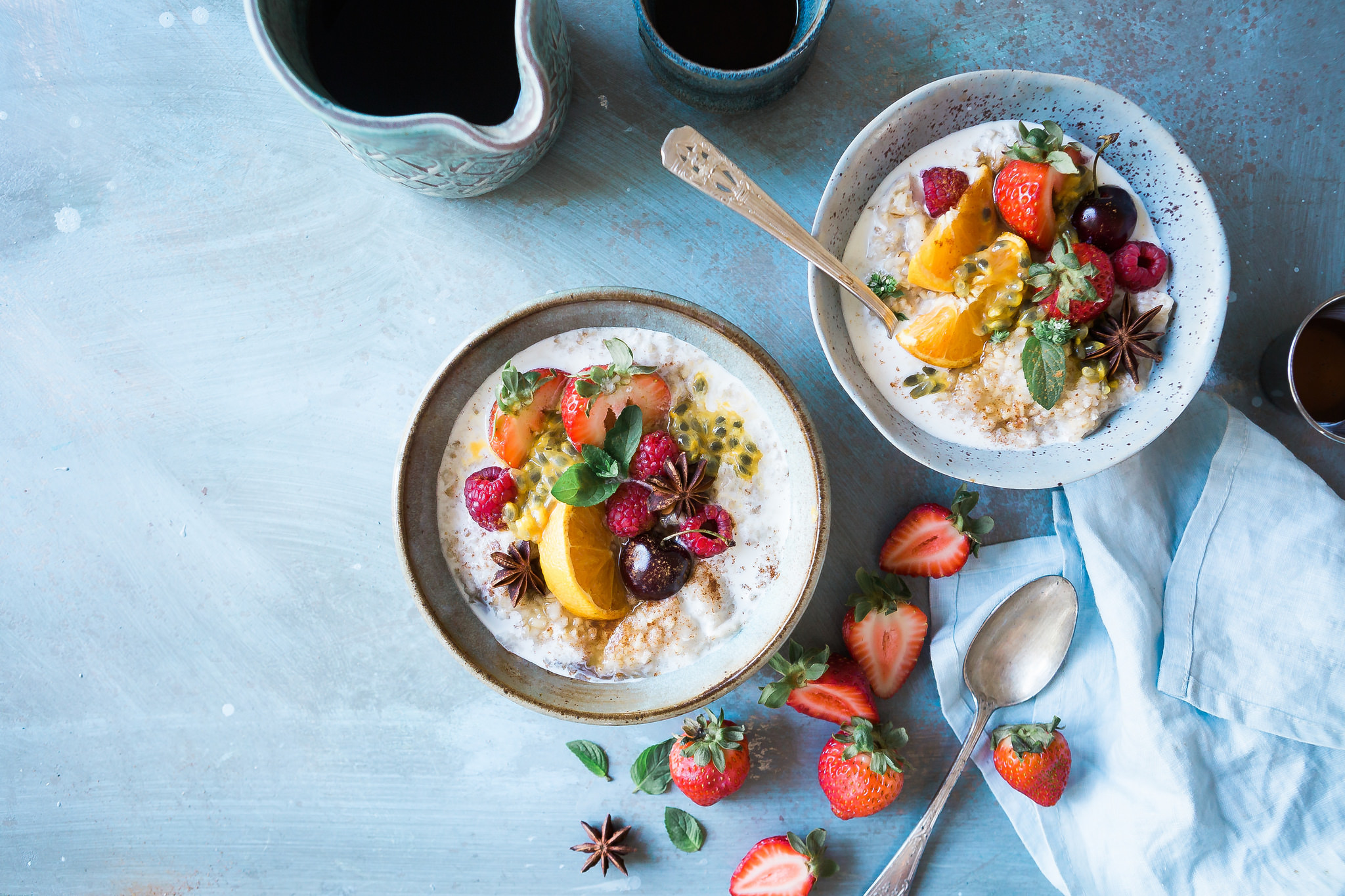
I believe these 3 things will have the biggest impact on your healing:
- Make natural and minimally processed foods the basis of your diet
- Cut out grains and dairy
- Eat the rainbow everyday
If you can only manage one of these three, I believe that eating the rainbow every day will be the most helpful. That’s because eating a wide variety of fruits and vegetables has been shown in study after study to lead to better health outcomes.
Please download the Rainbow Chart below (in colour if possible!) and stick it somewhere where it will be very prominent. Do you very best to tick off every box every day. The more you can eat (particularly veg) the better!
DOWNLOAD
AIP Snacks & Other Products
Ideally you will be eating 3 substantial meals and avoiding unnecessary snacking, eating enough protein and healthy fats at each meal should help with satiety and hunger.
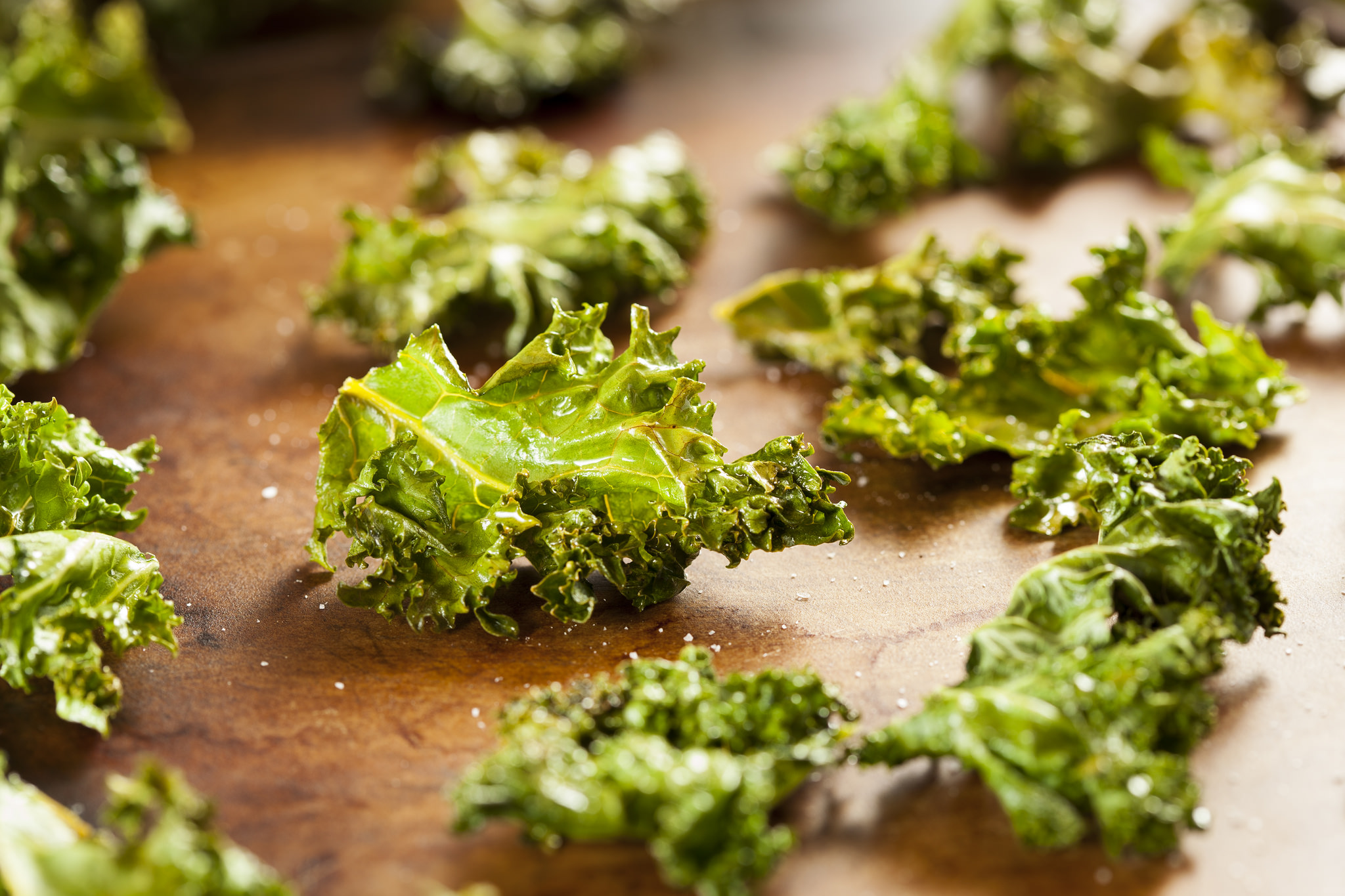
If you do need to snack, here are some suggestions:
- Homemade kale crisps
- Coconut flakes
- Coconut yogurt
- Olives
- Berries – blueberries, strawberries, raspberries, blackberries
- Gelatin gummies
- Homemade plantain chips
- Carrot & cucumber sticks with homemade guacamole (avocado mashed with lime, sea salt and fresh herbs)
- Tiger nuts
- Emily Veg Crisps Sweet Potato Sticks (sweet potato, sea salt, RSPO-Sustainable palm oil)
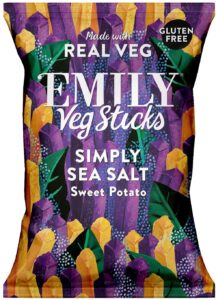
- Awfully Posh Pork Crackling (pork rind, sea salt)
- Bananito Bars (Solar Dried Banana (60%), Coconut (40%)

- Ape Snacks Coconut Bites (coconut, tapioca starch, rock salt)
- Cassava Crisps (Cassava (74%), Palm Oil, Salt)
Other Products
Frozen Cauliflower Rice
Both Tesco and Ocado.com sell frozen cauliflower rice which could be a handy staple for the freezer.
Carob Powder
Chocolate is out on the AIP but you can replace cocoa powder in some recipes with carob powder. Carob is allowed on the AIP and it resembles cocoa. It is naturally sweet so reduces the need for sugar or other forms of sweeteners.
Coconut Milk
I like Biona Coconut Milk because it is organic and additive-free. You can get it from some supermarkets, or you can buy it from Amazon.
Coconut Kefir
COYO sell coconut kefir as well as coconut yogurt which you can add to smoothies for an extra dose of probiotics. You can purchase this from Amazon or the online supermarket Ocado.
Kombucha
Kombucha is a fermented probiotic drink made from tea. The bacteria used in the fermentation process ferment the sugar which means the final product is relatively low in sugar. You can purchase this from the online supermarket Ocado.
Caffeine
Here’s the reasons why coffee is eliminated in the first phase of the Autoimmune Protocol:
- Caffeine is generally anti-inflammatory but the effects of coffee on immune function are complicated.
- In some people coffee consumption decreases inflammatory mediators, but in other people exactly the opposite effects occur.
- It’s still unclear why coffee is beneficial to immune function in some people and harmful in others, but two groups of autoimmune disease risk genes (NAT2 and HLA) are implicated in this relationship.
- It’s likely that coffee is helpful for some people with autoimmune disease, but drives autoimmune disease activity in others, therefore the best practice is to eliminate coffee initially on the Autoimmune Protocol and reintroduce later.
If you have a serious coffee habit you will need to cut down gradually to avoid headaches! This week try cutting your coffee consumption down day by day. You could switch to decaf coffee or tea instead.
Black tea is allowed on the AIP, and I find adding a couple of teaspoons of collagen powder to black tea makes it less bitter.
You can also drink green, earl grey or rooibos tea. I also recommend starting the day with a mug of hot water with lemon added – this will kick start the digestive process and also hydrates you.
Caffeine-Free Alternatives
There are plenty of caffeine-free alternatives to tea and coffee. Even if you don’t plan to quit caffeine completely you could replace some of your coffee and tea with one of these alternatives.
- Coffig
Coffig is a coffee alternative created with 100% black organic figs. Designed to provide a coffee experience without the caffeine, this delicious beverage is as good for the health as it is for your taste buds.
Containing zero artificial colours or preservatives, Coffig is 2x more concentrated than standard instant coffee. This means you’ll get more for your money, with each pack making up to 65 cups. It’s gluten free and dairy free and you use it just as you would regular instant coffee.
I like to make a kind of dairy-free ‘Bulletproof Coffee’ by blending coffig with 1 teaspoon of coconut oil or MCT oil and 1 tablespoon of collagen powder.
- Herbal Teas
There is a huge variety of herbal teas available in all the supermarkets now.
Try Liquorice & Peppermint tea for gut health. Liquorice is a demulcent herb which will soothe the gut lining and peppermint will help with digestion.
- Dandelion Root Coffee
Dandelion root coffee is another caffeine-free alternative you could try.
Disclaimer: All information provided is for informational purposes only, and is not to be construed as medical advice or instruction. Please consult your GP or a qualified health professional on any matters regarding your health and wellbeing. I am a nutritional educator and do not dispense medical advice nor prescribe treatment. While nutritional support can be an important complement to your medical care, a nutritional therapy program is not a substitute for the diagnosis, treatment, or care of a disease, illness, or injury by a medical provider. Nutritional evaluations and lifestyle assessments are not intended for the diagnoses of disease.
Disclaimer: chloearchard.com is a participant in the Amazon EU Associates Programme, an affiliate advertising programme designed to provide a means for sites to earn advertising fees by advertising and linking to Amazon.co.uk. Buying through our affiliate links does not cost you anything but helps us keep this website up and running. Thank you!
All information provided within this blog post is for informational purposes only, and is not to be construed as medical advice or instruction. Please consult your GP or a qualified health professional on any matters regarding your health and wellbeing or on any opinions expressed within this blog post. The information provided in this blog post is believed to be accurate based on the best judgment of the author. However, you as the reader must be responsible for consulting with your own GP or other health professional on matters raised within. chloearchard.com will not accept responsibility for the actions or consequential results of any action taken by any reader.
The material in this blog post may include information, products or services by third parties. Third Party Materials comprise of the products and opinions expressed by their owners. As such, chloearchard.com does not assume responsibility or liability for any Third Party material or opinions. The publication of such Third Party Materials does not constitute our guarantee of any information, instruction, opinion, products or services contained within the Third Party Material. Publication of such Third Party Material is simply a recommendation and an expression of our own opinion of that material.
